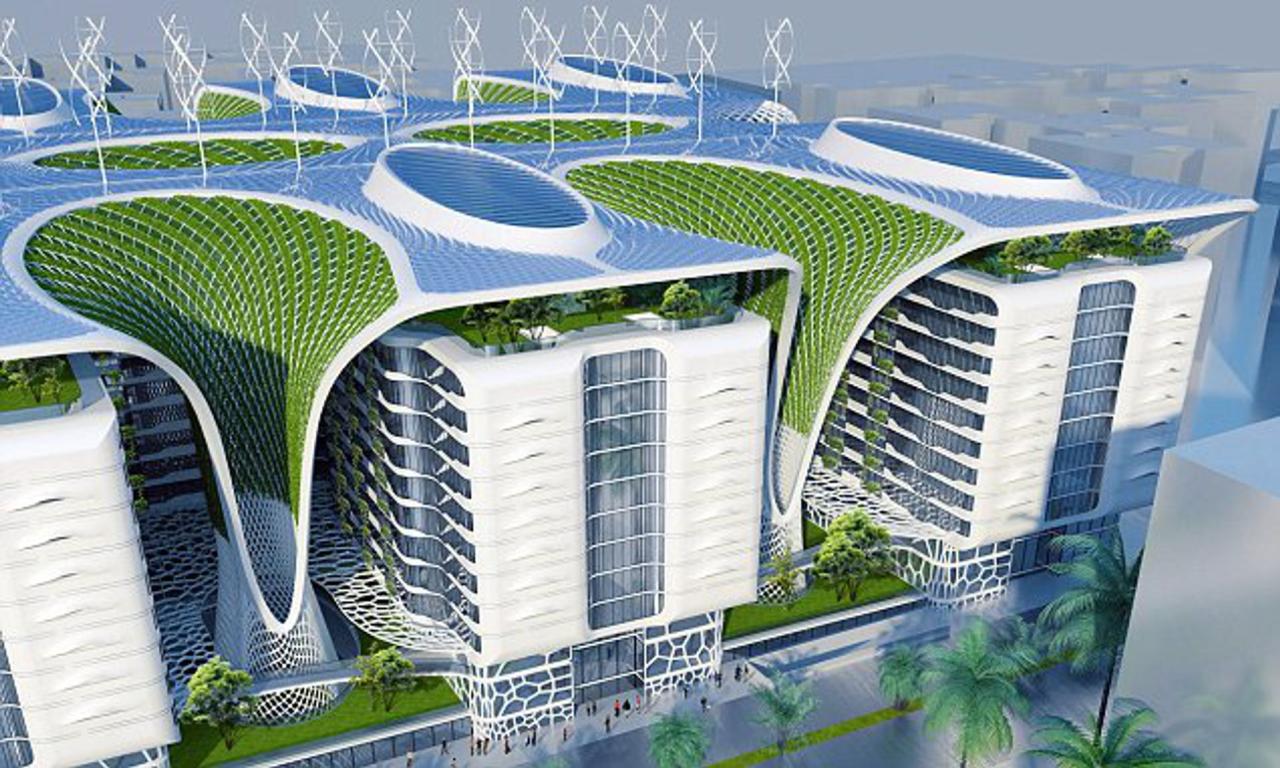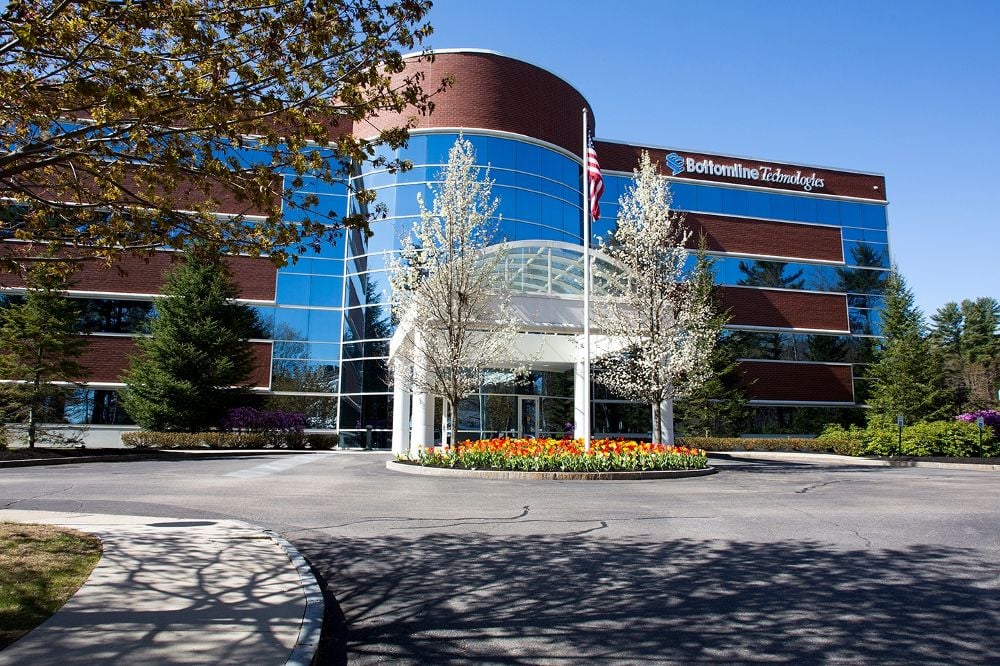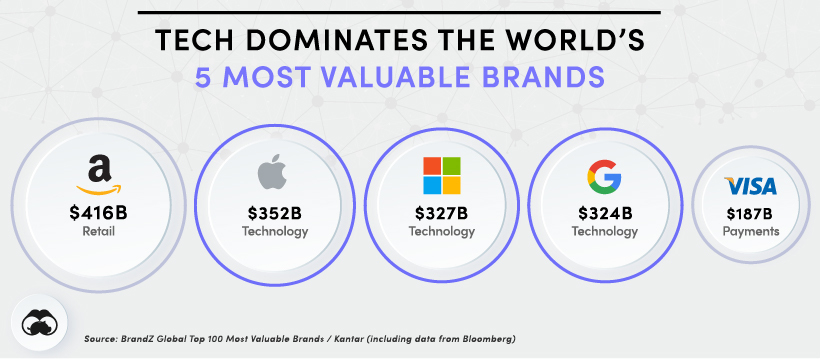Technology in Architecture: Shaping the Built Environment
Technology in architecture has always played a crucial role in shaping the built environment, from the ancient pyramids to modern skyscrapers. Throughout history, innovative technologies have revolutionized architectural design, construction […]
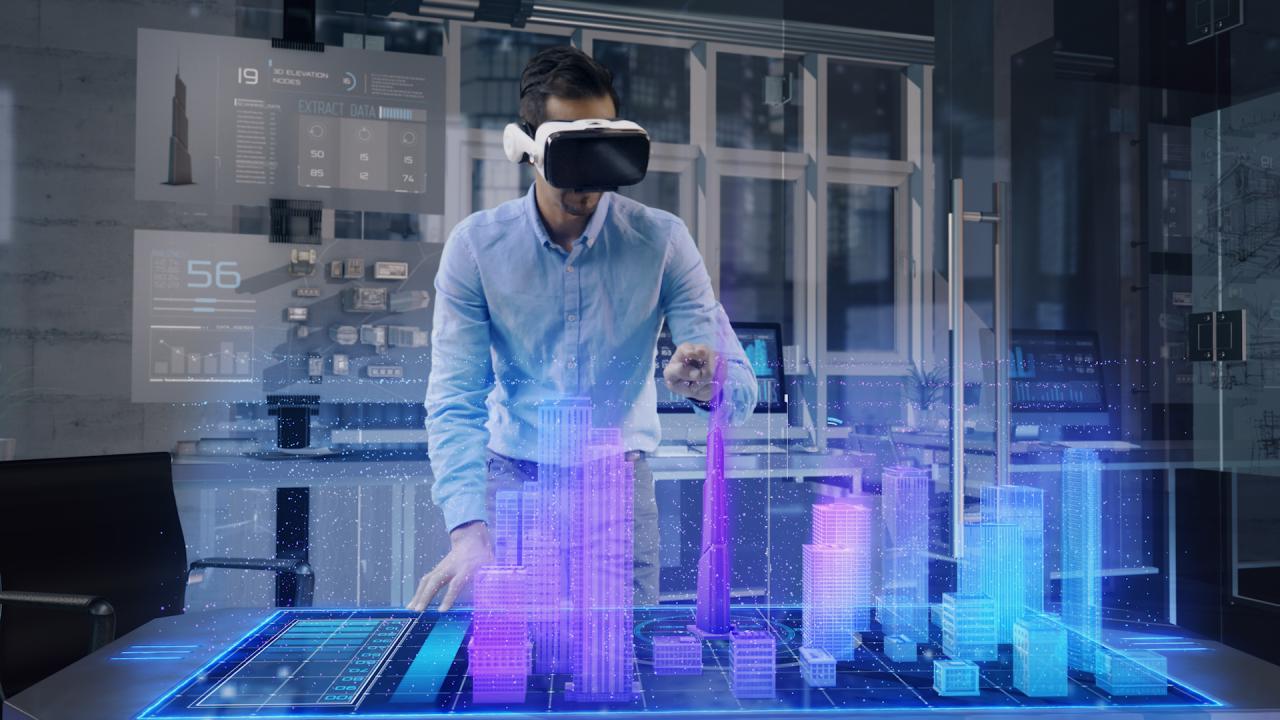
Technology in architecture has always played a crucial role in shaping the built environment, from the ancient pyramids to modern skyscrapers. Throughout history, innovative technologies have revolutionized architectural design, construction techniques, and the way we experience buildings.
Today, the integration of technology in architecture is more pervasive than ever before, transforming the industry in profound ways. From computer-aided design software and building information modeling to virtual reality and sustainable technologies, architects are leveraging a wide range of tools to create more efficient, sustainable, and user-centric spaces.
The Evolution of Technology in Architecture
The integration of technology in architecture has been a constant throughout history, shaping the way we design, build, and experience our built environment. From the earliest civilizations to the present day, advancements in materials, tools, and techniques have revolutionized architectural design and construction.
Ancient Innovations
Ancient civilizations made significant strides in architectural technology. The Egyptians, renowned for their monumental pyramids, developed sophisticated techniques for quarrying, transporting, and lifting massive stone blocks. The Romans, masters of engineering, perfected the use of concrete, arches, and vaults, enabling them to construct vast structures like the Colosseum and aqueducts.
- Use of Concrete: The Romans developed a durable and versatile concrete that allowed them to build large structures like the Pantheon.
- Arches and Vaults: The Romans perfected the use of arches and vaults, which allowed them to create large, open spaces without the need for supporting columns.
- Aqueducts: The Romans developed a system of aqueducts to transport water over long distances, using gravity and the principles of hydraulics. These aqueducts were essential for supplying water to cities and for irrigation.
The Renaissance and Beyond
The Renaissance saw a renewed interest in classical architecture, with architects like Brunelleschi and Michelangelo drawing inspiration from ancient Roman structures. This period also saw the development of new building materials, such as cast iron and steel, which allowed for the construction of taller and more complex buildings.
- Cast Iron: The use of cast iron allowed for the construction of lighter and more ornate structures, as seen in the Crystal Palace.
- Steel: The development of steel allowed for the construction of even taller and more complex buildings, such as the Eiffel Tower.
The 20th Century and Beyond
The 20th century saw a dramatic transformation in architecture, driven by technological advancements such as reinforced concrete, steel framing, and the rise of computer-aided design (CAD). These advancements enabled architects to push the boundaries of design, creating iconic structures like the Guggenheim Museum and the Sydney Opera House.
- Reinforced Concrete: Reinforced concrete allowed for the construction of taller and more slender buildings, such as the Fallingwater House.
- Steel Framing: Steel framing allowed for the construction of buildings with larger spans and greater flexibility, such as the World Trade Center.
- Computer-Aided Design (CAD): CAD software allowed architects to design buildings with greater precision and efficiency, leading to more complex and innovative designs.
Technology and the Future of Architecture

The intersection of technology and architecture is rapidly evolving, shaping the built environment in unprecedented ways. As we move forward, emerging technologies hold the potential to revolutionize how we design, build, and experience our cities and structures.
Emerging Technologies Shaping the Future of Architecture
Emerging technologies are poised to transform the architectural landscape, influencing design, construction, and the very way we interact with buildings.
- Artificial Intelligence (AI): AI is already impacting architectural design, enabling architects to analyze vast datasets, optimize building performance, and generate innovative design solutions. AI-powered tools can analyze site conditions, climate data, and user preferences to create buildings that are more sustainable, efficient, and responsive to their surroundings.
- Robotics and Automation: Robotics and automation are transforming construction processes, improving efficiency, precision, and safety. Robots can perform repetitive tasks, handle heavy materials, and even create complex structures with a level of accuracy that is difficult for humans to achieve. This automation will lead to faster construction times, reduced costs, and a greater emphasis on prefabrication and modular design.
- Building Information Modeling (BIM): BIM is a digital representation of a building that allows architects, engineers, and contractors to collaborate seamlessly throughout the design and construction process. BIM enables real-time visualization, simulation, and analysis, facilitating informed decision-making and reducing errors and waste.
- Virtual and Augmented Reality (VR/AR): VR and AR technologies are revolutionizing the way we design, visualize, and experience buildings. Architects can create immersive virtual models that allow clients to walk through their future spaces before construction begins, while AR overlays can provide real-time information about building systems and functionalities.
- Sustainable Technologies: The growing focus on sustainability is driving the development of new technologies that can minimize the environmental impact of buildings. These technologies include solar panels, green roofs, energy-efficient building materials, and intelligent building management systems.
- Internet of Things (IoT): The IoT connects physical objects to the internet, enabling buildings to become more intelligent and responsive. Sensors and smart devices can monitor and control lighting, temperature, security, and other systems, optimizing building performance and enhancing occupant comfort.
- 3D Printing: 3D printing is emerging as a disruptive force in construction, allowing for the creation of complex and customized building components. This technology enables the production of lightweight, sustainable materials and intricate architectural designs that were previously impossible to achieve.
“The integration of AI and robotics in architecture will fundamentally alter the way we design and build. AI will analyze data and generate optimal design solutions, while robots will execute these designs with unprecedented precision and efficiency, leading to a future where buildings are built faster, smarter, and more sustainably.”
Predictions for the Future of the Built Environment, Technology in architecture
Technology is set to profoundly transform the built environment in the coming decades.
- Increased personalization and customization: AI and 3D printing will enable the creation of highly customized and personalized spaces, tailored to individual needs and preferences.
- More sustainable and resilient buildings: Advanced technologies will facilitate the development of buildings that are more energy-efficient, resource-conscious, and resilient to climate change.
- Smart and responsive cities: The integration of IoT and sensor networks will create smart cities that are more efficient, sustainable, and responsive to the needs of their citizens.
- New forms of urban living: Technological advancements will drive innovation in urban design, leading to new forms of housing, transportation, and community engagement.
- Blurred lines between physical and digital spaces: VR and AR technologies will create immersive experiences that blur the lines between the physical and digital realms, redefining how we interact with our surroundings.
Technology in Architectural Practice
Technology has revolutionized the way architectural projects are managed, from the initial planning stages to construction and beyond. From sophisticated design software to advanced construction techniques, technology plays a crucial role in enhancing efficiency, communication, and sustainability in the architectural field.
Impact of Technology on Project Management
Technology has significantly impacted the way architectural projects are managed, improving efficiency, communication, and collaboration. Here are some key areas where technology has made a difference:
- Project Planning and Scheduling: Software applications like BIM (Building Information Modeling) facilitate efficient project planning by allowing architects to create detailed 3D models of buildings, integrating various design elements, and simulating construction processes. This enables better visualization, cost estimation, and scheduling, reducing the risk of delays and cost overruns.
- Construction Management: Technology empowers architects and contractors with tools for efficient construction management. Drones, for instance, are used for site surveys and monitoring progress, while laser scanning helps create accurate 3D models of existing structures. This data can be used for precise measurements, identifying potential issues, and optimizing construction processes.
- Communication and Collaboration: Cloud-based platforms and project management software facilitate seamless communication and collaboration among architects, engineers, contractors, and clients. These platforms allow for real-time updates, document sharing, and instant feedback, ensuring all stakeholders are on the same page throughout the project lifecycle.
Technology Enhances Communication and Collaboration
Technology has transformed the way architects, engineers, and contractors collaborate, breaking down geographical barriers and enabling seamless information sharing.
- Cloud-Based Collaboration Platforms: Platforms like Dropbox, Google Drive, and Microsoft OneDrive enable architects, engineers, and contractors to share project files, drawings, and documents in real-time, facilitating seamless collaboration and ensuring everyone has access to the latest information.
- Video Conferencing and Webinars: Tools like Zoom, Microsoft Teams, and Google Meet allow for virtual meetings, presentations, and site inspections, facilitating communication and collaboration among team members regardless of their location. This is particularly beneficial for international projects where team members may be spread across different countries.
- BIM (Building Information Modeling): BIM software enables architects, engineers, and contractors to work on the same 3D model of a building, allowing them to visualize and coordinate design elements, detect potential clashes, and identify potential issues before construction begins. This collaborative approach reduces errors, improves efficiency, and ensures a smooth construction process.
Technology Improves Building Performance and Efficiency
Technology plays a vital role in optimizing building performance and efficiency, enhancing sustainability and reducing energy consumption.
- Building Performance Simulation Software: Software like EnergyPlus and IESVE allows architects to simulate the energy performance of buildings, analyzing factors like heating, cooling, and lighting loads. This enables architects to optimize building design, incorporating features like passive solar design, natural ventilation, and efficient insulation to reduce energy consumption and minimize environmental impact.
- Smart Building Technologies: Smart building systems integrate various technologies like sensors, automation systems, and data analytics to optimize building performance and enhance occupant comfort. These systems can adjust lighting, temperature, and ventilation based on real-time data, reducing energy consumption and improving overall building efficiency.
- Renewable Energy Integration: Technology allows architects to incorporate renewable energy sources like solar panels, wind turbines, and geothermal systems into building designs. This not only reduces reliance on fossil fuels but also contributes to a sustainable and environmentally responsible approach to architecture.
Technology and the User Experience
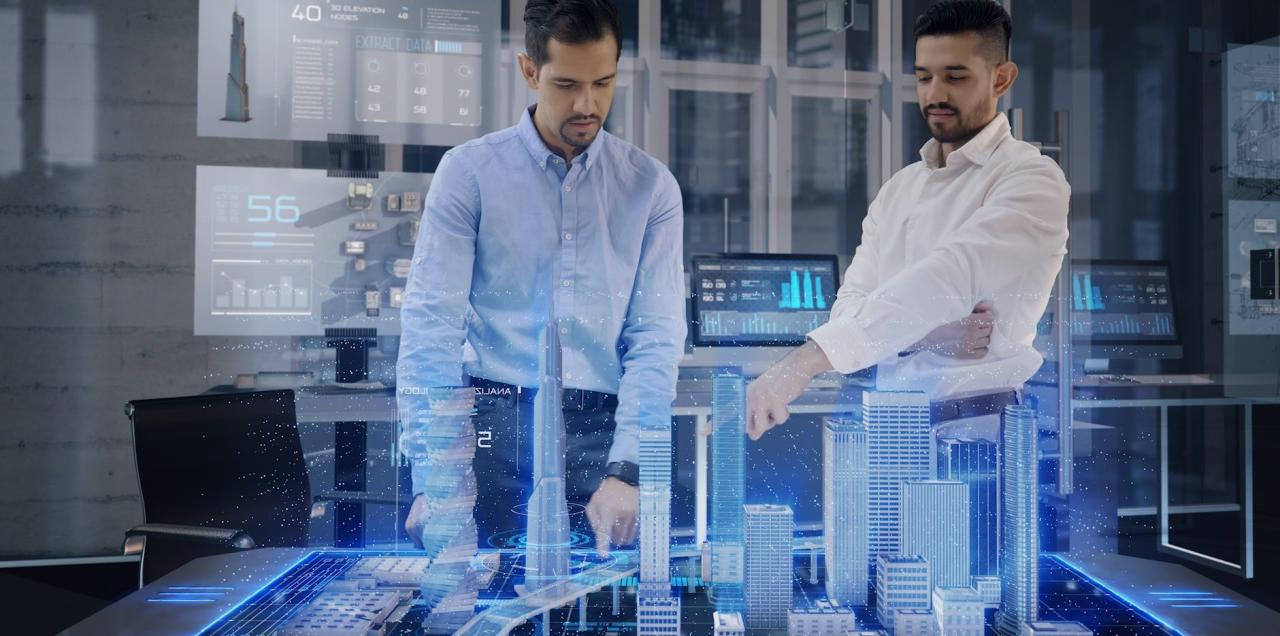
Technology is revolutionizing how we interact with the built environment, creating spaces that are not only aesthetically pleasing but also functional, comfortable, and responsive to our needs. Smart homes, building automation, and accessibility features are transforming the user experience, making buildings more intuitive, efficient, and adaptable to individual preferences.
Impact of Technology on User Experience
Technology is enhancing the user experience in buildings in numerous ways. Smart home systems, for example, allow occupants to control lighting, temperature, and appliances remotely, creating a personalized and comfortable living environment. Building automation systems optimize energy consumption, enhance security, and improve overall building performance. Accessibility features, such as voice control, automated doors, and ramps, ensure inclusivity and create a welcoming environment for all users.
The Role of Technology in Creating Comfortable, Efficient, and Sustainable Spaces
Technology plays a crucial role in creating comfortable, efficient, and sustainable spaces. Smart sensors can monitor environmental conditions like temperature, humidity, and air quality, adjusting HVAC systems automatically to optimize comfort and energy efficiency. Building automation systems can also track energy usage, identifying areas for improvement and reducing overall energy consumption. Furthermore, technology enables the integration of renewable energy sources, such as solar panels and wind turbines, promoting sustainability and reducing reliance on fossil fuels.
Technology’s Influence on User Behavior and Preferences
Technology is shaping user behavior and preferences within the built environment. The growing popularity of smart homes, for example, suggests a shift towards personalized and automated living spaces. Occupants are increasingly accustomed to interacting with buildings through mobile devices, leading to a demand for intuitive and responsive interfaces. The integration of technology into the built environment also encourages a more conscious approach to energy consumption, as occupants become more aware of their impact on the environment.
Conclusive Thoughts: Technology In Architecture
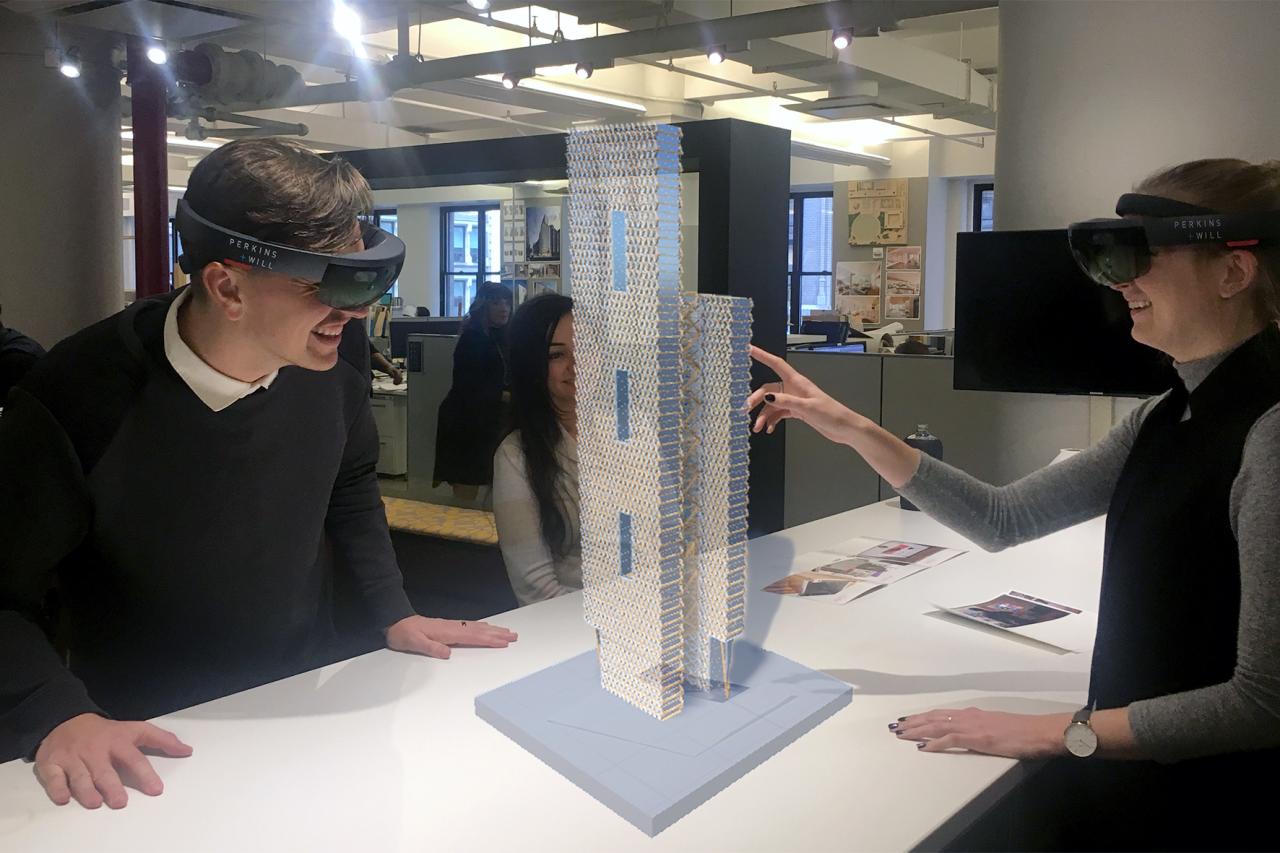
The future of architecture is inextricably linked to technology. As technology continues to evolve at an unprecedented pace, architects will have access to even more powerful tools to push the boundaries of design and create buildings that are not only aesthetically pleasing but also functional, sustainable, and responsive to the needs of their users. The integration of technology in architecture is not simply a trend; it is a fundamental shift in how we design, build, and experience the world around us.
Technology has revolutionized the way we design and build, enabling architects to push boundaries and create innovative structures. One company at the forefront of this revolution is corecon technologies , specializing in cutting-edge solutions that streamline construction processes and enhance building performance.
Their expertise in areas like BIM and sustainable design is transforming the industry, paving the way for a future where technology and architecture seamlessly intertwine.
